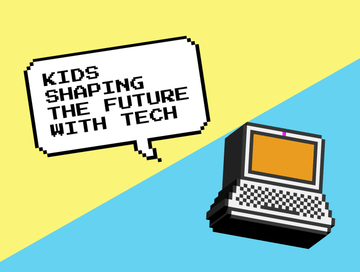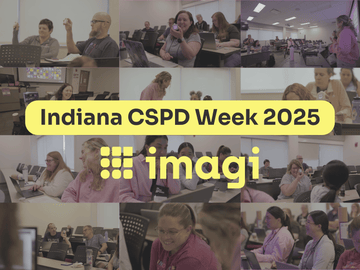
In the digital era, coding skills are no longer just a professional asset; they have become a fundamental literacy, akin to reading and writing. Python, known for its simplicity and readability, stands tall as an ideal starting point for young learners venturing into the world of programming. Its intuitive syntax and versatility make it a powerful tool for creative expression and problem-solving—a skill set that aligns seamlessly with the needs of the 21st century.
Python's Relevance in 2024
Citing the TIOBE Programming Community Index, which tracks the popularity of programming languages, Python has consistently held its ground in the top positions. As of the latest data available in 2023, Python retained its dominance as one of the most widely used languages globally, emphasizing its relevance and significance in the tech industry.
Moreover, according to the Bureau of Labor Statistics, careers in computer science and information technology are projected to grow significantly faster than the average for all occupations. Equipping students with Python proficiency at an early age not only fosters a deeper understanding of technology but also lays a sturdy foundation for higher-level computer science courses and future career opportunities in a rapidly evolving job market.
Coding in the Age of AI
Even with the rapidly growing field of AI, while AI might automate certain tasks, it also creates new job opportunities. Understanding coding helps prepare kids for future careers in various fields, including AI development, software engineering, data science, robotics, and more. Beyond tech and the development of AI, Python is used in many careers and fields of study, ranging from creative industries to natural sciences.
Furthermore, we know technology also evolves rapidly. Understanding how to code equips kids with adaptable skills, enabling them to learn new programming languages and tools as needed. Learning Python also helps kids comprehend how AI algorithms work, allowing them to better understand the AI-driven world and its implications.
Building Future-Ready Skills with Python
Learning to code and developing computational thinking skills at a young age is also proven to enhance critical thinking and problem-solving abilities. Python's simplicity, in particular, allows students to focus on the logic behind coding, enabling them to decipher complex problems into manageable, solvable components—a skill set that transcends the boundaries of programming and proves invaluable in various aspects of life. Python's flexibility also encourages experimentation and innovation, serving as a gateway for fostering imagination and innovation, empowering the next generation to create solutions for tomorrow's challenges.
Ensuring Equity in Tech through Strong STEM Education
Finally, the reality is that the root of inequality in tech begins early. Only 24% of all computer programmers are female, and this trend often begins in middle school when we know the interest in computer science drops significantly amongst girls. According to a study on computer science education in the US conducted by Google and Gallup, there is no difference in interest in computer science between boys and girls at age 12. However, a significant gap is created from the ages of 12 to 14 when 47% of boys report being very interested, but only 12% of girls express interest.
If we don’t encourage and provide all of our students with rigorous, engaging, and inclusive opportunities to build confidence and skills in computer science early, these sobering numbers won’t change. As the founder and CEO of imagi, Dora Palfi often shares, “For technology to benefit everyone, we need diversity amongst its creators.” By teaching Python as early as middle school in tangible and creative ways that make coding feel relevant to students, we can begin to empower a diverse generation of creators who will have the necessary skills to shape the future.
Conclusion
As the digital landscape continues to evolve, the significance of teaching Python to middle schoolers cannot be overstated. It's not merely about learning a programming language; it's about nurturing a mindset—a way of thinking that celebrates curiosity, resilience, and creativity, and nurturing a generation capable of shaping a world driven by innovation, creativity, and technological fluency.
In empowering young minds with Python, we sow the seeds for a more equitable future where innovation thrives, problems find solutions, and barriers to progress dissolve. The journey of middle schoolers in your classroom, navigating lines of Python code today, is the start of a journey towards a more technologically adept and more equitable tomorrow.
If this post inspired you or made you curious about how to get started teaching Python to middle school students, be sure to check out these great tools to teach Python to kids!




